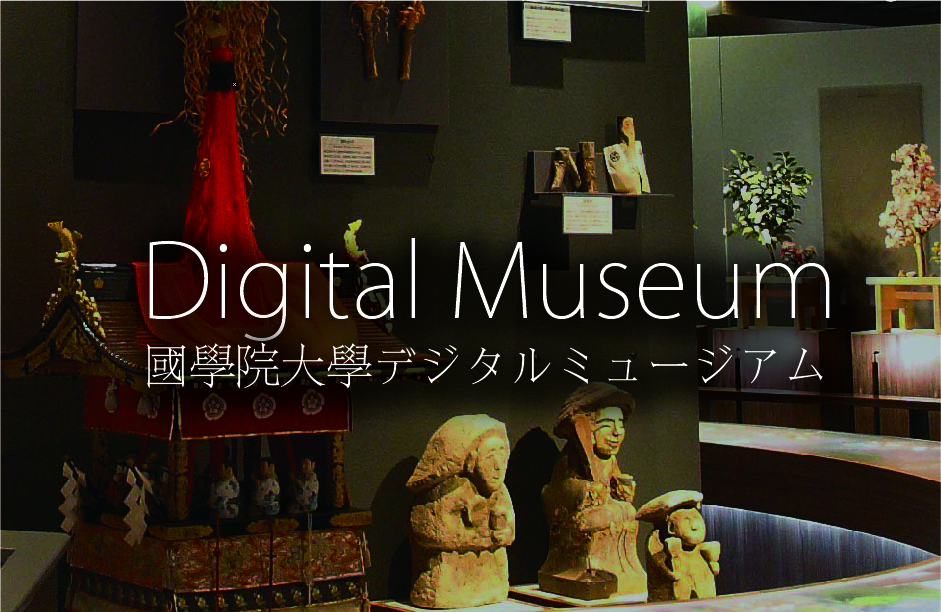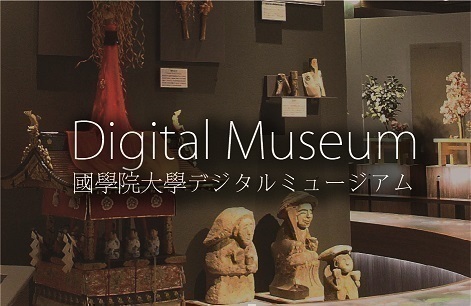- トップ
- Encyclopedia of Shinto
- Tenkōkyō
Encyclopedia of Shinto
| Main Menu: | |
| Links: |
詳細表示 (Complete Article)
| カテゴリー1: | 8. Schools, Groups, and Personalities |
|---|---|
| カテゴリー2: | Modern Sectarian Groups |
| Title | Tenkōkyō |
| Text | A Shinto-derived new religion founded by Fujita Shinshō (?- 1966). Fujita was born into a farming family in Uma district in Ehime Prefecture, and at the age of nineteen received a revelation from a deity he called Tenchikane no kami ("heaven-earth gold deity," simultaneously known as the central kami of Konkōkyō). Fujita engaged in a program of harsh religious austerities, and in 1938 was granted the divine name "Dōshō Myōjin" (Path-Iluminating Shining Kami). After graduation from school he went to Manchuria and carried out proselytizing activities while engaged in business there. In 1946 Fujita returned to Ōmori in Tokyo, and at the next New Year's season he received a revelation to the effect that the coming year would be the propitious eighty-eighth year (a sacred number in Japanese religion) since the deity Tenchikane no kami had manifested itself in this world, and that it would be the time to commence the true path of spiritual renewal. With this, Fujita opened a "devotional center" (called hiromae in the Konkōkyō tradition) and began proselytizing. In 1948, after a further revelation revealed that this was the time to engage in the true path of the world's spiritual renewal, he received a spiritual "intercession" (otoritsugi; see Konkōkyō) from the then-leader of Konkōkyō, Konkō Setsutane; on May 10, 1948, Fujita founded the Konkōkyō Shinshūkai (Konkōkyō True Discipline Association). Within Tenkōkyō, this date is considered to represent the date of the religion's founding. In August 1952 the movement moved its center to Osaka and in 1953 built its current headquarters there. In the same year Konkōkyō published Konkō Daijin, a biography of the Konkōkyō founder based on the autobiographical account Konkō Daijin on oboegaki, (copy by Konkō Daijin's fourth son Konkō Ieyoshi). According to Tenkōkyō accounts, however, in January 1955, the then-head of Konkōkyō, Konkō Masaie showed Fujita personal papers (oshuki) hand-written by Konkō Daijin, and which had not yet been made public within Konkōkyō (they were first published in 1976 under the name Oshirasegoto oboechō or literally, "memorandum of an announcement"). According to this account, Masaie asked Fujita to correct the religion's earlier doctrinal mistakes and "transmit the truth to the world." As a result, on October 10 of that same year, Fujita changed the name of his movement from Konkō Shinshūkai to Shinshūkai Kyōdan and established it as a religious movement independent of Konkōkyō. In 1958 he began to conduct religious activities in North America and simultaneously his movement's central deity is said to have granted him the divine title Ikigami Tenkō Daijin (ikigami meaning "living kami"), a title said to be higher than Ikigami Konkō Daijin –the rank held by the founder of Konkōkyō himself. After Fujita returned to Japan he changed the movement's name again to Tenkōkyō and made himself the central object of worship (see saijin) under the name Ikigami Tenkō ōmikami ("living deity heaven-light great kami"). On January 6, 1966, Fujita died and was succeeded by the movement's current leader, his adopted son-in-law Fujita Shinzō. Despite having its own scripture, the Tenkōkyō shinten, the movement has been greatly influenced by Konkōkyō. It does not practice the rite of "intercession" (otoritsugi) as found in Konkōkyō, but at the sacred seat called goshinkai ("realm of the gods") located at the movement's headquarters (as in Konkōkyō, known as hiromae), the leader Ikigami Tenkō ōmikami receives the requests of followers in the rite known as goshinjō ("beseeching the deity"). Headquarters: Osaka Nominal membership: approximately 120,000 (M) —Fukushima Shinkichi |





